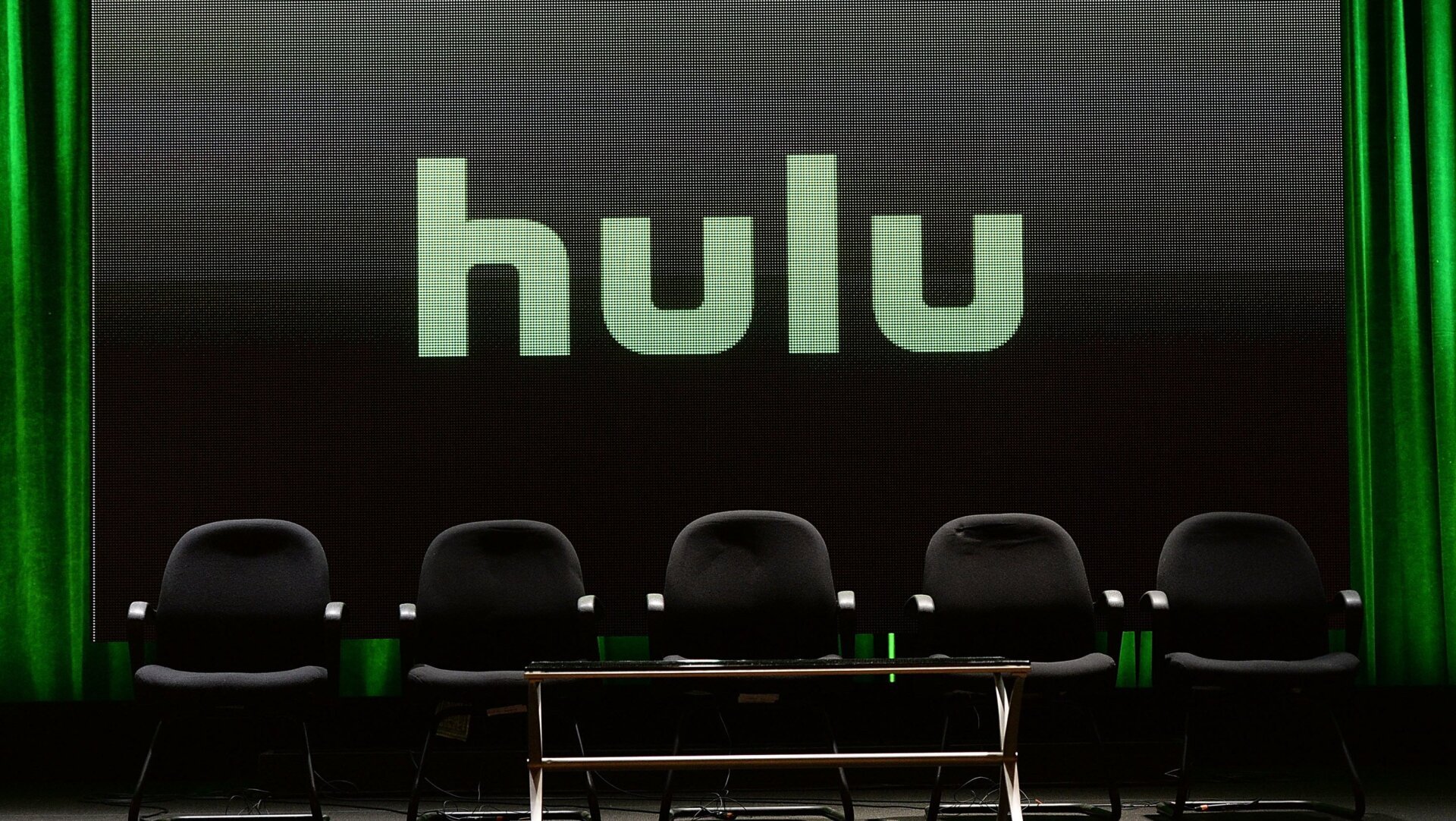
The Cord-Cutting Conundrum Continues: Hulu Drops Fox Regional Sports Networks, Leaving Fans in the Lurch
The dream of seamless, affordable sports streaming continues to elude cord-cutters as yet another major platform, Hulu, announces the removal of Sinclair-owned regional sports networks (RSNs) from its live TV plans. This move, effective Friday, echoes a growing trend of streaming services shedding these channels, leaving fans scrambling for alternative ways to catch their local teams in action.
Hulu’s announcement, delivered via a notice on its support page, confirms the disheartening news for subscribers who previously relied on the platform for access to these regional broadcasts. While Hulu assures customers they will "still have access to a wide variety of national and local networks depending on your location," including prominent channels like ESPN, TBS, TNT, FS1, FS2, Fox, CBS, NBC, and ABC, the loss of over a dozen Fox RSNs represents a significant blow to their sports programming lineup.
The list of affected networks is extensive, encompassing a wide geographical spread and impacting fans across numerous states. These include:
- FS Arizona
- FS Detroit
- FS Florida
- FS Midwest (including FS Indiana and FS Kansas City)
- FS North (including FS Wisconsin)
- FS Ohio
- FS Prime Ticket
- FS San Diego
- FS South (including FS Tennessee and FS Carolinas)
- FS Southeast
- FS Southwest (including FS Oklahoma and FS New Orleans)
- FS Sun
- FS West
- Marquee Sports Network
- SportsTime Ohio
- YES Network
The decision by Hulu follows a similar move by YouTube TV last month, further highlighting the ongoing challenges in negotiating distribution agreements between streaming services and Sinclair Broadcast Group, the owner of these RSNs. Neither Sinclair nor Hulu have issued immediate statements elaborating on the specific reasons behind this latest separation.
This development underscores the increasingly complex and frustrating landscape for sports fans who have embraced cord-cutting as a way to save money and customize their viewing experiences. The promise of affordable and readily accessible live sports programming has often fallen short, with channels fragmented across various platforms and subject to sudden removals due to licensing disputes.
Sinclair’s president of distribution and network relations, Barry Faber, previously addressed the YouTube TV situation, stating that the company remained "in discussions in an effort to find a mutually acceptable path to returning the RSNs to Youtube TV." However, these discussions have yet to yield a positive outcome, leaving subscribers without a viable alternative on the platform.
Adding to the turmoil, Fubo TV, a streaming service specifically tailored for sports enthusiasts, also dropped Fox RSNs earlier this year. While Fubo TV later managed to add ESPN programming, the loss of the regional sports networks was a significant setback for its core audience.
Faber, in a statement cited by Variety, suggested that Sinclair had offered Hulu "a deal consistent with terms agreed to by other distributors," but that "the streaming service refused to accept these fair and market-based terms." This statement points to a potential sticking point in the negotiations: the financial demands of Sinclair for carriage of its RSNs.
The ongoing disputes between streaming services and Sinclair raise questions about the long-term sustainability of the current model for regional sports broadcasting. As viewership patterns continue to shift towards streaming, the traditional cable bundle is losing its grip, forcing RSNs to adapt and seek new avenues for distribution. However, the high cost of sports rights and the complexities of negotiating with multiple platforms have created a challenging environment.
The departure of Fox RSNs from Hulu underscores the broader issue of content fragmentation in the streaming era. Consumers are forced to subscribe to multiple services to access the content they desire, often negating the cost savings promised by cord-cutting. Moreover, the unpredictable nature of these agreements, with channels disappearing without warning, creates uncertainty and frustration for viewers.
For fans of the teams broadcast on these affected RSNs, the options are becoming increasingly limited. They may need to explore alternative streaming services that still carry the channels, such as AT&T TV NOW (although its future is uncertain) or consider reverting to traditional cable or satellite TV subscriptions. However, these options may come with higher costs and longer-term commitments. Another avenue is to explore standalone streaming options directly from the RSN, if available. However, these options are not universally available, and could still come at a premium price.
The situation highlights the need for innovative solutions to address the challenges of sports broadcasting in the digital age. As consumers continue to migrate away from traditional television, it is crucial for RSNs and streaming services to find mutually beneficial agreements that ensure access to live sports programming at reasonable prices. Otherwise, the dream of a seamless and affordable sports streaming experience will remain an elusive unicorn. The current situation, with constant negotiation and channel removals, is unsustainable and ultimately harms the fans who are most passionate about their local teams. The future of regional sports broadcasting hinges on the ability of these stakeholders to adapt and find a path forward that serves the interests of both content providers and consumers.
